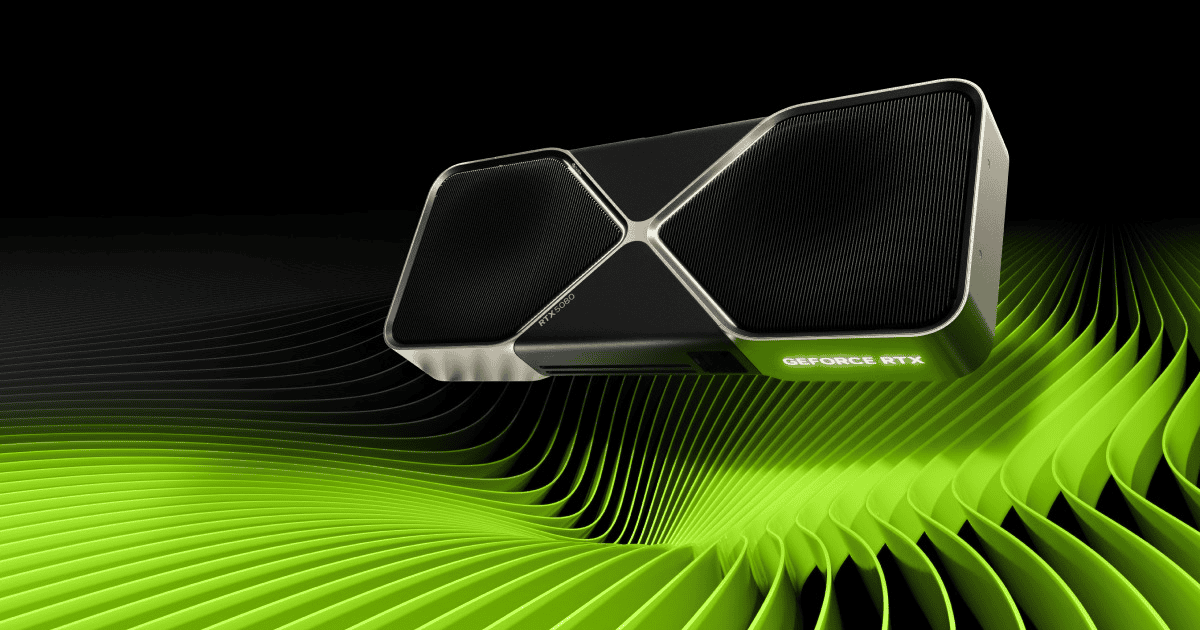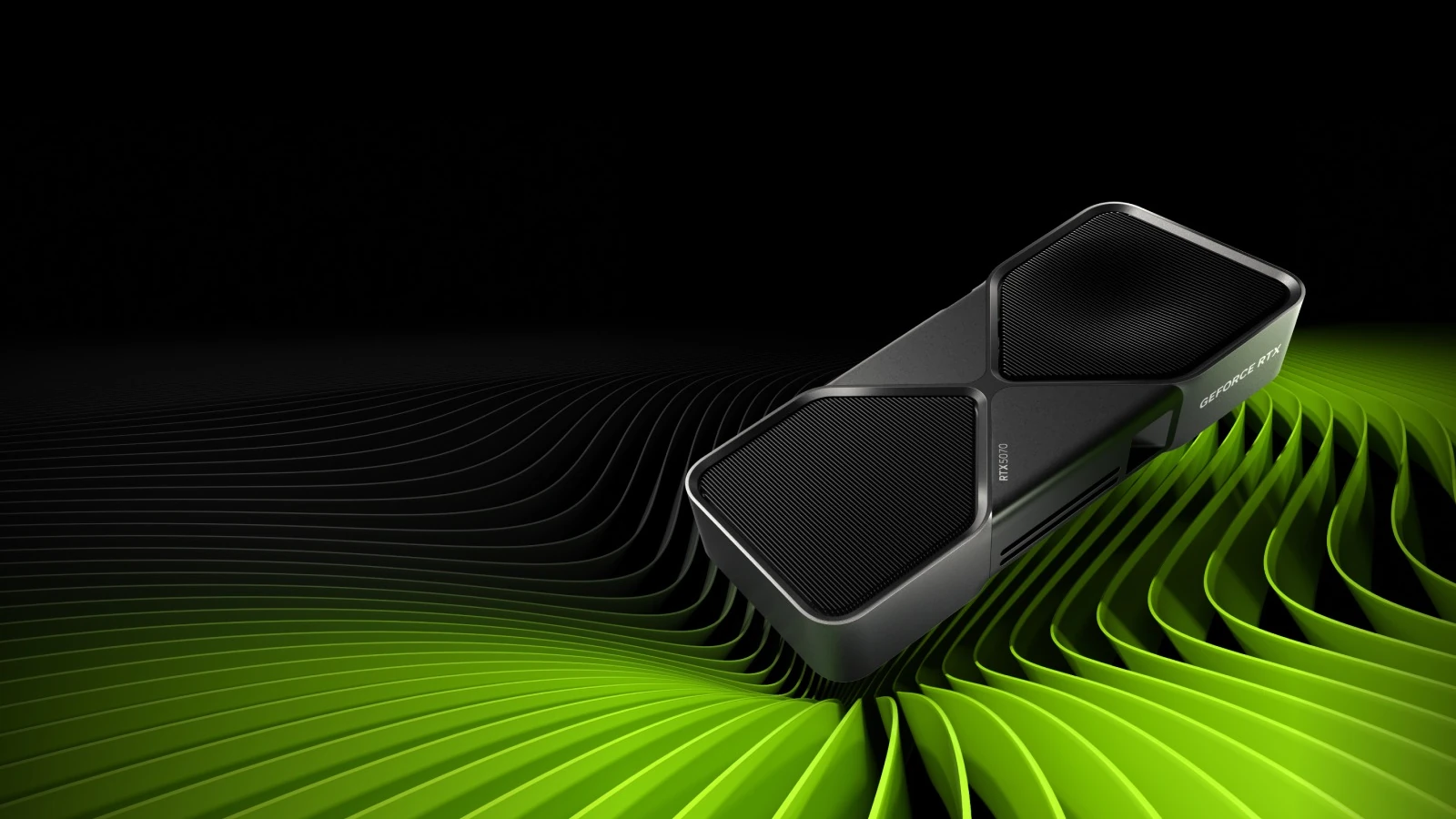Nvidia’s latest graphics cards have sparked excitement among gamers and tech enthusiasts. The RTX 5070 Ti and RTX 5080, unveiled at CES 2025, represent significant leaps in GPU technology. These cards promise enhanced performance for demanding games and AI applications.
The RTX 5080 outperforms the RTX 5070 Ti in raw power, but the 5070 Ti offers better value for most users. The 5080 boasts 10,752 CUDA cores compared to the 5070 Ti’s lower count, resulting in superior processing capabilities. Both cards feature 16GB of GDDR7 memory, ensuring ample capacity for high-resolution textures and complex 3D models.
Price-to-performance ratio plays a crucial role in choosing between these GPUs. The RTX 5070 Ti, while less powerful, provides excellent performance at a more accessible price point. It shares the GB203-300-A1 GPU with its bigger sibling, hinting at its strong capabilities for mid-range users.

RTX 5070 Ti vs. RTX 5080: Which GPU Reigns Supreme?
In this comparison, we will take a closer look at the specifications, features, and performance of these two graphics cards to help you determine which one is the best choice for you.
Core Counts and Clock Speeds
The RTX 5080 boasts 10,752 CUDA cores, significantly more than the 8,960 cores in the RTX 5070 Ti. This difference translates to a noticeable performance advantage for the RTX 5080, especially in games that utilize a large number of cores.
The 5080 also has a slightly higher boost clock speed of 2.62 GHz compared to the 5070 Ti’s 2.45 GHz. While not a massive difference, this can provide a small performance boost in games that are heavily reliant on clock speeds.
Memory Capacity and Bandwidth
Both cards feature 16 GB of GDDR7 memory, which is ample for most modern games. However, the 5080 has a wider memory interface of 256-bit compared to the 5070 Ti’s 192-bit interface. This results in higher memory bandwidth for the 5080, allowing it to handle data more efficiently, which can be beneficial in demanding games and applications.
Power Consumption and Thermal Design
The RTX 5080 has a higher Total Graphics Power (TGP) of 360W compared to the 5070 Ti’s 300W. This means the 5080 will consume more power and generate more heat. It’s important to consider your system’s cooling capabilities and power supply when choosing between these two cards.
Price and Value
The RTX 5080 typically commands a higher price than the RTX 5070 Ti. The price difference varies depending on the specific models and market conditions. It’s crucial to weigh the performance benefits of the 5080 against its higher cost and determine if the extra performance is worth the investment for your needs.
Comparison Table
| Feature | GeForce RTX 5080 | GeForce RTX 5070 Ti |
|---|---|---|
| CUDA Cores | 10752 | 8960 |
| Boost Clock (GHz) | 2.62 | 2.45 |
| Memory | 16 GB GDDR7 | 16 GB GDDR7 |
| Memory Interface | 256-bit | 256-bit |
| TGP (W) | 360 | 300 |
Making the Right Choice
The RTX 5080 offers superior performance due to its higher core count, clock speeds, and memory bandwidth. However, the RTX 5070 Ti provides excellent performance at a more affordable price point. If you prioritize the best possible performance and are willing to pay a premium, the RTX 5080 is the clear winner. But if you’re looking for a great value proposition and don’t need the absolute highest frame rates, the RTX 5070 Ti is an excellent choice.
Ultimately, the best choice depends on your individual needs, budget, and priorities. Consider the types of games you play, the resolution and refresh rate of your monitor, and your overall system configuration before making a decision.
Key Takeaways
- The RTX 5080 offers superior performance but at a higher cost
- Both GPUs feature 16GB GDDR7 memory, suitable for demanding applications
- The RTX 5070 Ti provides excellent value for most gaming and content creation needs
Technical Specifications and Architecture
The NVidia GeForce RTX 50 series has introduced a new generation of powerful graphics cards, with two of the most popular models being the RTX 5070 Ti and the RTX 5080. Both cards deliver impressive performance for gamers and content creators, but they have key differences that may make one a better fit for your needs than the other.
The RTX 5080 features more CUDA cores, higher clock speeds, and a wider memory interface, providing a significant performance advantage. On the other hand, the RTX 5070 Ti is more budget-friendly, making it a great option for those looking to save money.
The RTX 5070 Ti and RTX 5080 showcase significant advancements in GPU technology. These cards feature improved architectures, enhanced memory systems, and increased processing power for gaming and professional applications.
Comparative Architecture Overview
The GeForce RTX 5070 Ti and RTX 5080 are built on Nvidia’s Blackwell architecture. This new design aims to improve performance and efficiency over the previous Lovelace generation.
Key differences:
- RTX 5080: Higher core count and memory bandwidth
- RTX 5070 Ti: Balanced performance for price-conscious users
The Blackwell architecture introduces refinements in ray tracing and AI capabilities. These improvements translate to better frame rates and image quality in games.
Memory Technology and Bandwidth
Both GPUs utilize cutting-edge GDDR7 memory technology. This offers substantial improvements in bandwidth and power efficiency.
Memory specifications:
- RTX 5080: Larger memory capacity, likely 16GB or 20GB
- RTX 5070 Ti: 16GB GDDR7
The memory bus width also plays a crucial role:
- RTX 5080: Wider bus, possibly 320-bit or 384-bit
- RTX 5070 Ti: 256-bit memory bus
These specifications result in higher memory bandwidth for the RTX 5080, enabling better performance in memory-intensive tasks and high-resolution gaming.
CUDA Cores and Ray Tracing Capabilities
The number of CUDA cores directly impacts a GPU’s processing power. Ray tracing units enhance real-time lighting effects in games.
CUDA core count:
- RTX 5070 Ti: 8,960 CUDA cores
- RTX 5080: Estimated 10,000-12,000 CUDA cores
Ray tracing performance sees a boost in both GPUs. The RTX 5080 is expected to have more RT cores, providing superior ray tracing capabilities.
Power consumption:
- RTX 5080: Higher TGP, likely 300-350W
- RTX 5070 Ti: Lower TGP, estimated around 250-300W
These specifications indicate the RTX 5080’s higher performance potential, while the RTX 5070 Ti offers a more power-efficient option for gamers.
Performance and Gaming Experience
The GeForce RTX 5070 Ti and RTX 5080 offer impressive performance for gamers. These GPUs deliver enhanced framerates, improved ray tracing, and DLSS 4 support.
Benchmarking and Gaming Performance
The RTX 5080 outperforms the RTX 5070 Ti in most benchmarks. At 4K resolution, the RTX 5080 achieves 15-20% higher framerates on average. For 1440p gaming, both cards excel, with the RTX 5080 maintaining a 10-15% lead.
Ray tracing performance sees significant improvements. The RTX 5080 handles ray-traced scenes 25-30% faster than its counterpart. This translates to smoother gameplay in titles like Cyberpunk 2077 and Metro Exodus.
DLSS 4 technology benefits both GPUs. It boosts framerates by up to 40% with minimal quality loss. The RTX 5080’s additional horsepower allows for higher DLSS quality settings at 4K.
Power Efficiency and Thermals
The RTX 5080 consumes more power than the RTX 5070 Ti. It has a TDP of 320W compared to the 5070 Ti’s 285W. This difference impacts power supply requirements and cooling needs.
Thermal performance varies between models. Reference designs keep both cards under 75°C under load. Custom AIB models often feature improved cooling, lowering temperatures by 5-10°C.
Power efficiency favors the RTX 5070 Ti. It offers better performance-per-watt, making it suitable for users with lower wattage power supplies.
Design and Form Factor
Both GPUs use a similar design language. The RTX 5080 is slightly larger, measuring 12 inches in length compared to the 5070 Ti’s 11.2 inches.
Cooling solutions vary. The RTX 5080 often features a triple-fan design, while many RTX 5070 Ti models use dual-fan setups. This affects case compatibility and airflow considerations.
Port selection remains consistent. Both cards typically offer 3 DisplayPort 2.1 outputs and 1 HDMI 2.1 port. This allows for multi-monitor setups and high refresh rate 4K displays.







